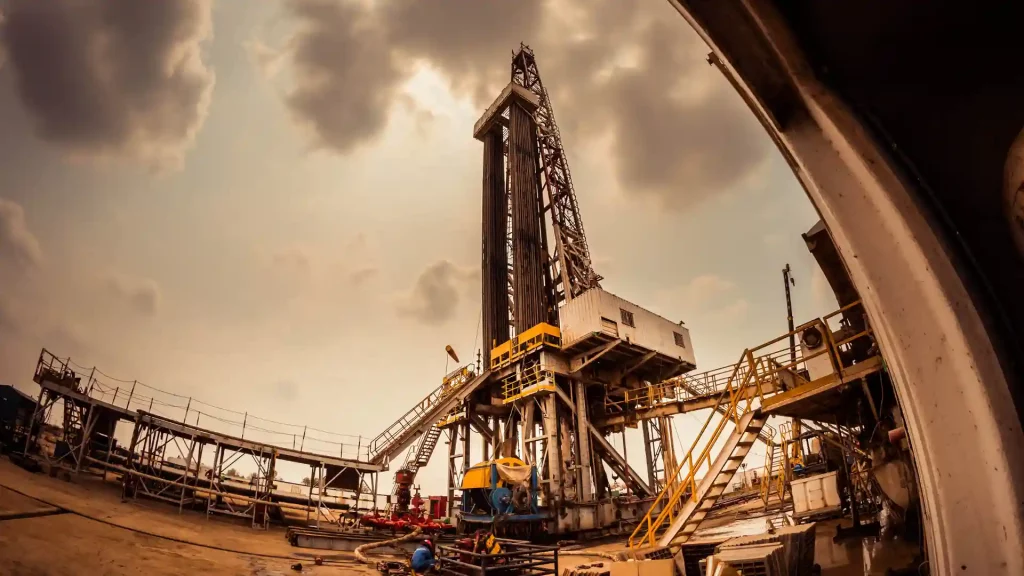The International Energy Agency (I.E.A.) published a comprehensive report showcasing that the demand for non-renewable fuels like oil, gas, etc., will tank after reaching its climax in the year 2030 because the demand for electric vehicles and usage of renewable energy sources will have picked up substantially. But, the international oil goliath seems to negate such reports.
ExxonMobil and Chevron, two of the major US oil companies, have promised to pool in over $50 billion each for merger and acquisition deals of other smaller players in the industry. This will help them profit by pumping more oil and natural gas for the future if ever their oil fields run dry.
This difference in their staunch perspectives is wider than it has ever been between oil companies and energy experts. This industry does not allow players to change their modus operandi overnight, nor can they diversify all of a sudden. This makes the next couple of years interesting to observe as to who can turn their viewpoint into a reality.
The I.E.A. mentioned that the acceptance of climate-friendly options has rapidly increased and has now become unstoppable. As per the data in the report, the sales figure of EVs, mopeds, and other vehicles will be one out of every five new vehicles sold in the current year.
Scott Sheffield, chief executive of Pioneer Natural Resources, which recently struck a deal where Exxon agreed to acquire them for $60 billion, said that he, the majority, OPEC, and everybody else in the business of producing oil and gas disagrees. He added that the I.E.A. doesn’t understand the demand dynamics of their product. He countered them about what would be the replacement for jet fuel, petrochemical products, etc., and what other options the world has now.
Exxon’s agreement to buy Pioneer will make them a dominant player in the Permian Basin, a large oil and gas-rich area that spans across Texas and New Mexico. This single deal will double Exxon’s control of properties in the region.
Chevron has agreed to purchase Hess, a leading crude producer and explorer in the deep waters of the Gulf of Mexico. This would make Chevron the second contender to Exxon in the recently growing oil arena in the Western Hemisphere.
Chevron and Exxon both have become major players in areas where production is below average and the political environment is quite stable. These deals happen when the future oil supplies from Russia and Venezuela are in the grey area.
The sharp contrast in this saga is the orders from the White House. On the one hand, the Biden administration asks the oil companies to pump more oil and gas to stabilise the global oil prices, and on the other hand, it curtails them from drilling on federal lands and waters. It is also pushing for the adaptation of electric vehicles and renewable energy sources as the alternative to oil and gas.
Nonetheless, the I.E.A. officials agree that oil demand will remain for some more time but relatively lower than now. This will reduce the prices and make it tougher for smaller companies to compete against behemoths like Saudi Arabia, which enjoys a very low cost of production.
Oil executives accept the fact that reducing the cost of production will help them survive in the times ahead. This will be managed by striking deals with smaller companies like Exxon’s agreement with Pioneer or Chevron’s acquisition of Hess, and this will make their process streamlined and more efficient.
Oil giants from the European continent are shutting down their oil production and shifting to EV charging, wind energy, etc. This is leaving room for US oil companies to increase production and reap benefits from what they are best at.
